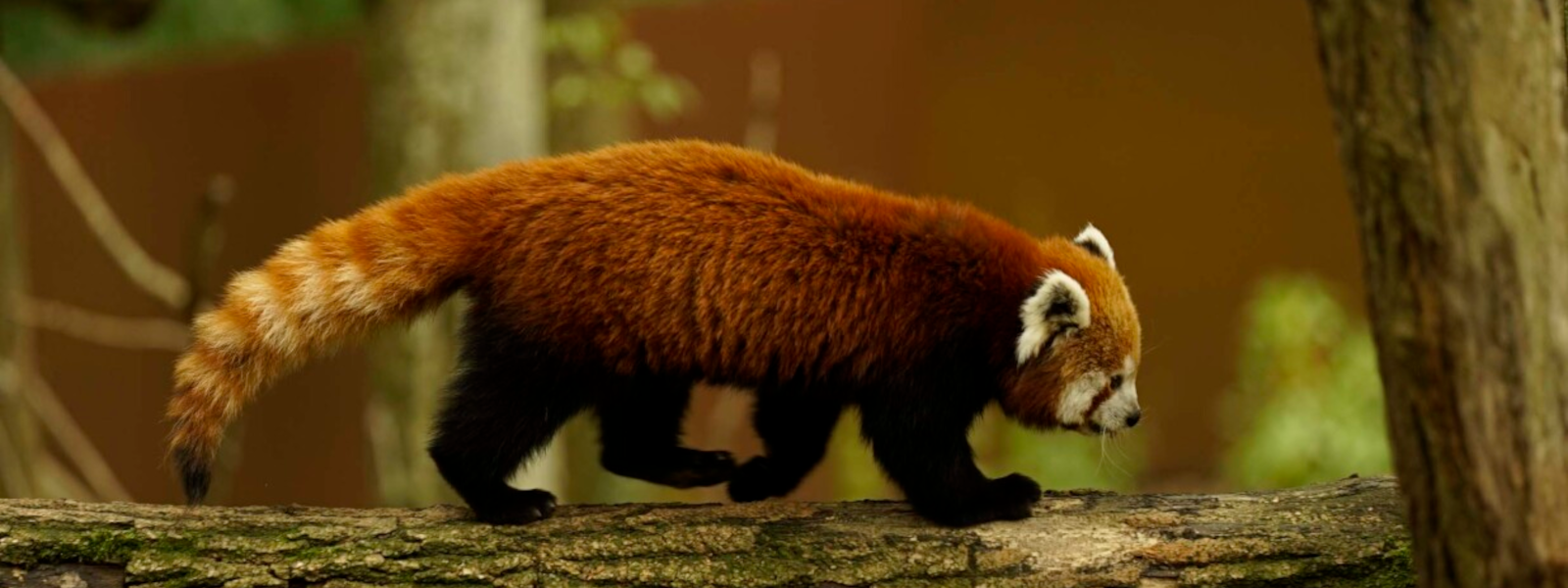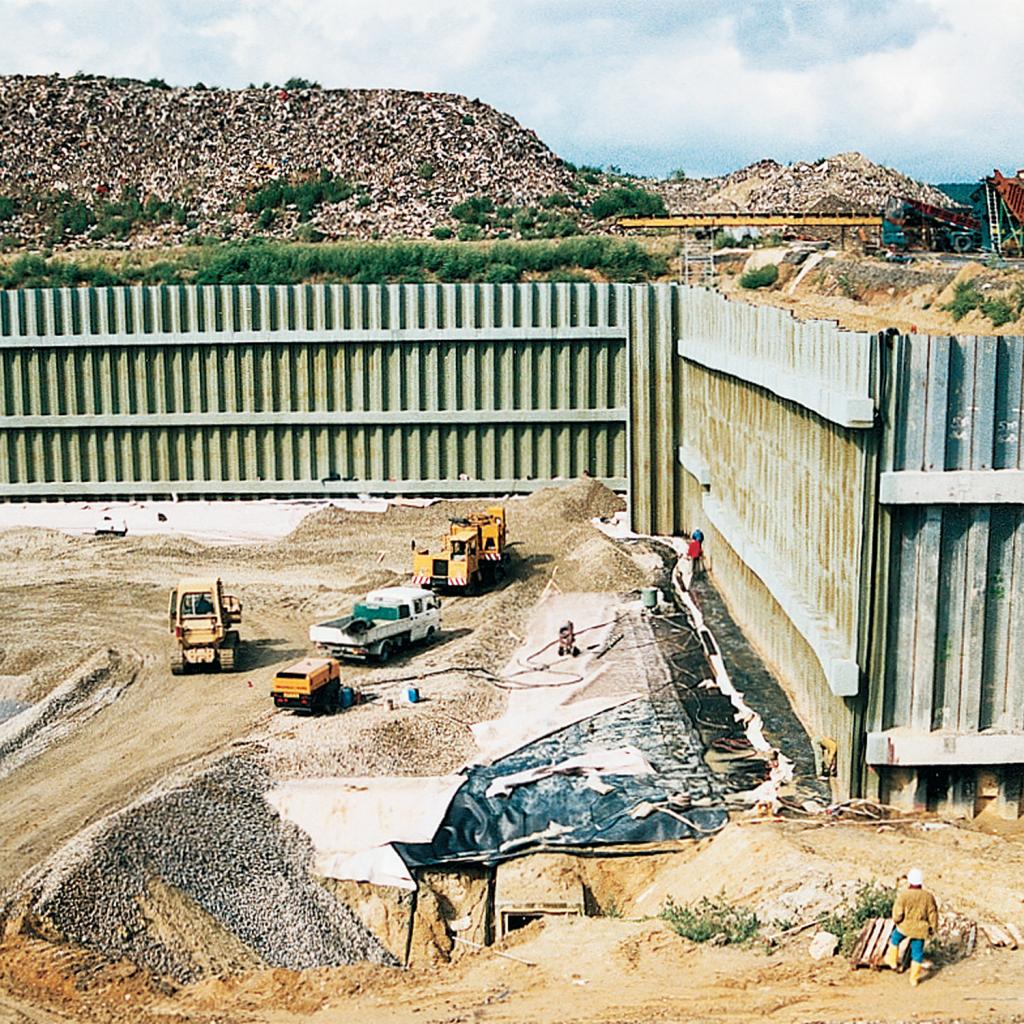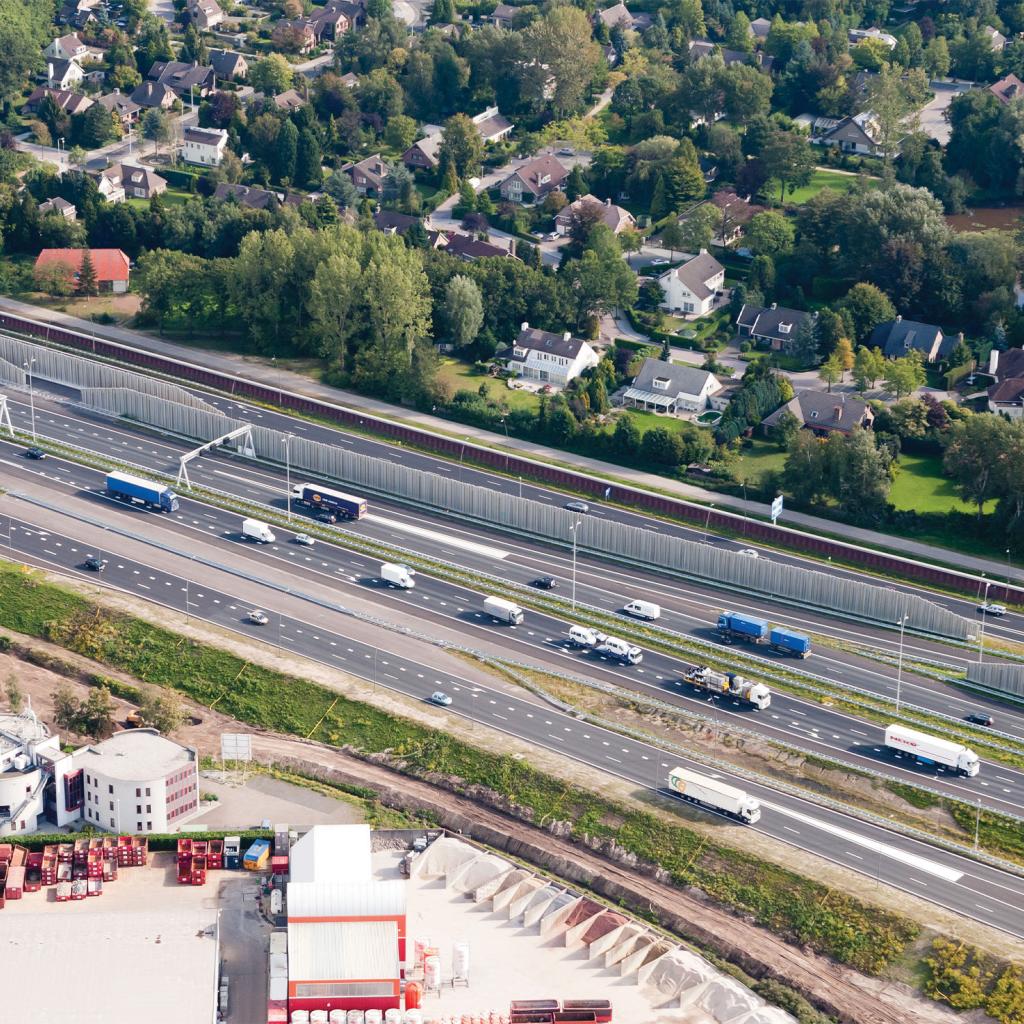Environmental protection solutions
Biodiversity preservation, Waste disposal, Soil decontamination, Noise barriers
Steel helps protect our future. When faced with pollution, containment is vital.
Steel sheet piles are used on a temporary or permanent basis in landfill conversion, polluted soil remediation, riverbed cleaning operations, and pollution containment.
Impervious enclosures can be quickly created with AZ®-800 wide steel sheet piles to safely retain contaminated material as part of a remediation plan. ArcelorMittal's wide range of sealing solutions ensures complete water-tightness, even in the presence of highly aggressive chemicals.
Steel is a permanent material: it is never consumed but continuously transformed and reused, thus reducing pressure on limited natural resources.
Steel sheet piles are a major contributor to the circular economy. They are reusable and 100% recyclable. ArcelorMittal's EcoSheetPile™ is produced from 100% recycled steel.
Soil decontamination
Soil decontamination projects are quite complex. One method involves containing the soil within an impervious steel sheet pile wall that prevents the migration of pollutants present in the soil.
A typical decontamination procedure consists of several execution phases:
- The area to be decontaminated is enclosed with an impervious sheet pile wall.
- The contaminated soil is excavated until the non-contaminated layer is reached.
- The contaminated soil is transferred to a plant for treatment or treated on-site.
- After treatment, the soil is returned to the site.
- The sheet pile wall can be removed and reused.
The entire area can be treated in a single phase or subdivided into several smaller cells that are treated sequentially. In the latter option, the same steel sheet piles can be reused one or more times on the same site.
No waste remains on-site once the steel sheet piles have been removed.











